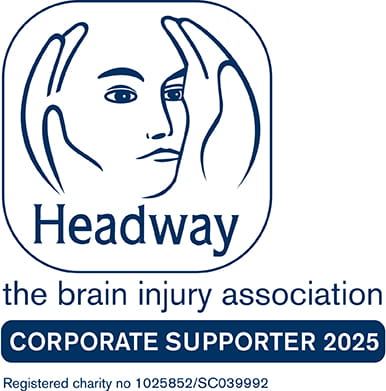Our client, James, first complained of pain and discomfort in his right hand and right knee when he was just four years of age. Blood tests carried out at the time by the hospital were normal and an arthritis screen and x-rays were arranged, but James was never followed up.
Five years later his parents again sought medical attention for James because of pain and stiffness that persisted in his wrists and knee. This time an MRI scan was performed, the results of which were strongly suggestive of an arthritis, and a referral to a rheumatologist was to be requested.
Unfortunately, James was instead referred to orthopaedic surgeons, whose investigations did not address arthritis as a likely cause of the pain he was suffering. James’s parents were told to wait until he was 15 or 16 years of age, until the growth plates had developed before a treatment plan could be made.
When he reached 15 years old, James again presented with increased stiffness in both wrists with pain, swelling and stiffness in his knees and the soles of his feet. He was eventually referred to a paediatric rheumatologist who diagnosed Juvenile Idiopathic Arthritis (JIA) and at long last treatment was begun.
Juvenile Idiopathic Arthritis is diagnosed when there is an inflammation in the joints in patients under 16 years of age. The type of JIA is usually determined by the number of joints that are affected in the first six months of the disease and any other problems such as pain in the feet or back
Although very few people may be familiar with the name, in fact Juvenile Idiopathic Arthritis is not uncommon. The National Rheumatoid Arthritis Society (NRAS) suggests there are 12,000 children in UK (1 in every 1,000) under the age of 16 who have JIA. Between 1,000 to 1,500 children are diagnosed with JIA in the UK every year.
Arthritis at any age is a crippling and debilitating disease. Early diagnosis and treatment is essential since the longer an arthritis has been active before treatment starts, the more difficult it is to control the disease and irreparable damage may already have occurred. The fact that James’s arthritis had not been controlled for many years led to deformity and destruction of many of his joints leading to some permanent disability and a greater predisposition to osteoarthritis in later life.
James’s parents instructed Richard Bannister, a specialist in clinical negligence claims, to investigate the case on behalf of their son. Thanks to the efforts of Richard and the Shoosmiths Team, the defendant hospitals accepted liability for their negligent delay in diagnosing and treating James’ condition and a six figure settlement was achieved to help give James the support and assistance he needed.
Disclaimer
This information is for educational purposes only and does not constitute legal advice. It is recommended that specific professional advice is sought before acting on any of the information given. © Shoosmiths LLP 2025















